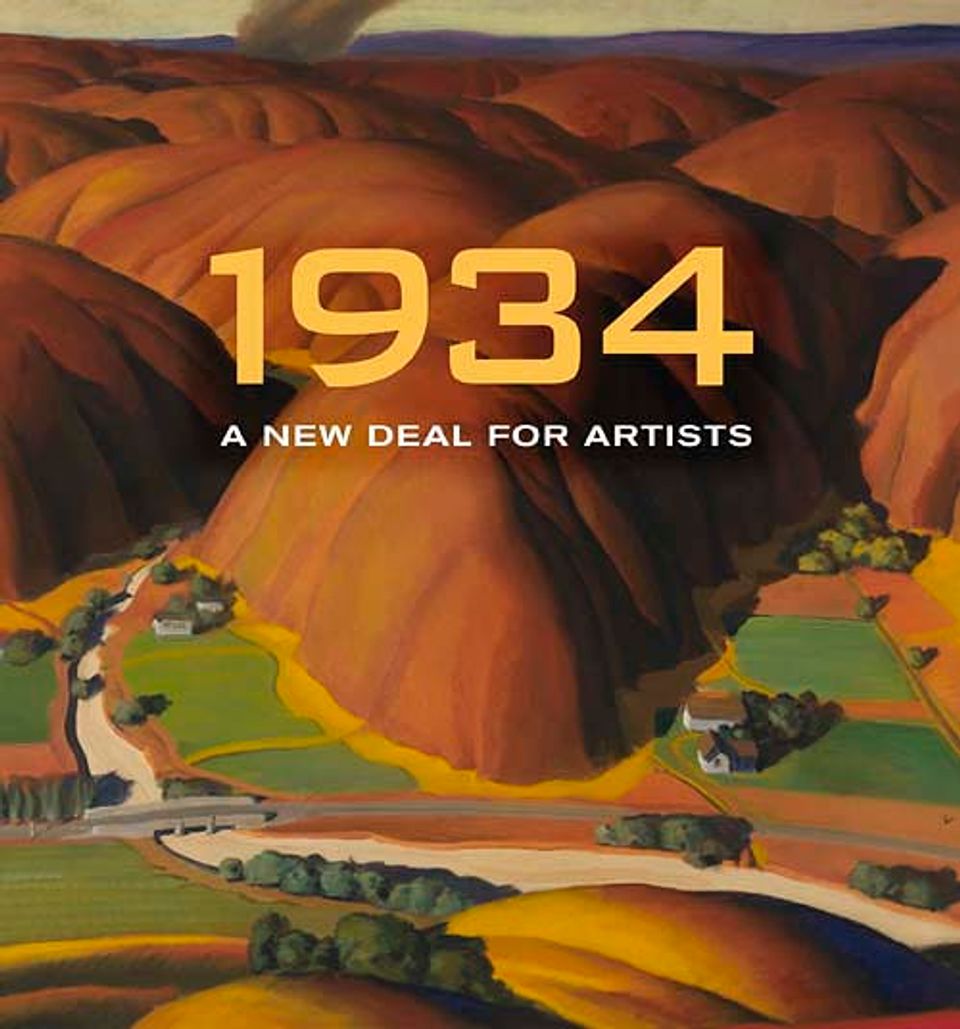Artwork Details
- Title
- Plowing
- Artist
- Date
- 1934
- Location
- Not on view
- Dimensions
- 29 7⁄8 x 35 7⁄8 in. (75.8 x 91.2 cm.)
- Credit Line
- Transfer from the U.S. Department of Labor
- Mediums Description
- oil on wood: plywood
- Classifications
- Subjects
- Landscape — mountain
- Landscape — farm
- Animal — horse
- Figure male — full length
- Occupation — farm — sowing
- New Deal — Public Works of Art Project — New York City
- Object Number
- 1964.1.2
Artwork Description
Leo Breslau created a classic depiction of farm life in response to the Public Works of Art Project's suggestion that artists depict "the American Scene." Yet it seems unlikely that the artist left his native Brooklyn to find this scene demonstrating American ideals. The idyllic rural setting of this painting, like his previous paintings for the PWAP titled The American Home, is in the artist's imagination rather than any specific place. What could be farther from the despairing of breadlines in Depression-era New York City or the Dust Bowl than this green, rustic realm where honest work is richly rewarded? The farmer, raising a new crop, offers hope for the nation.
1934: A New Deal for Artists exhibition label














